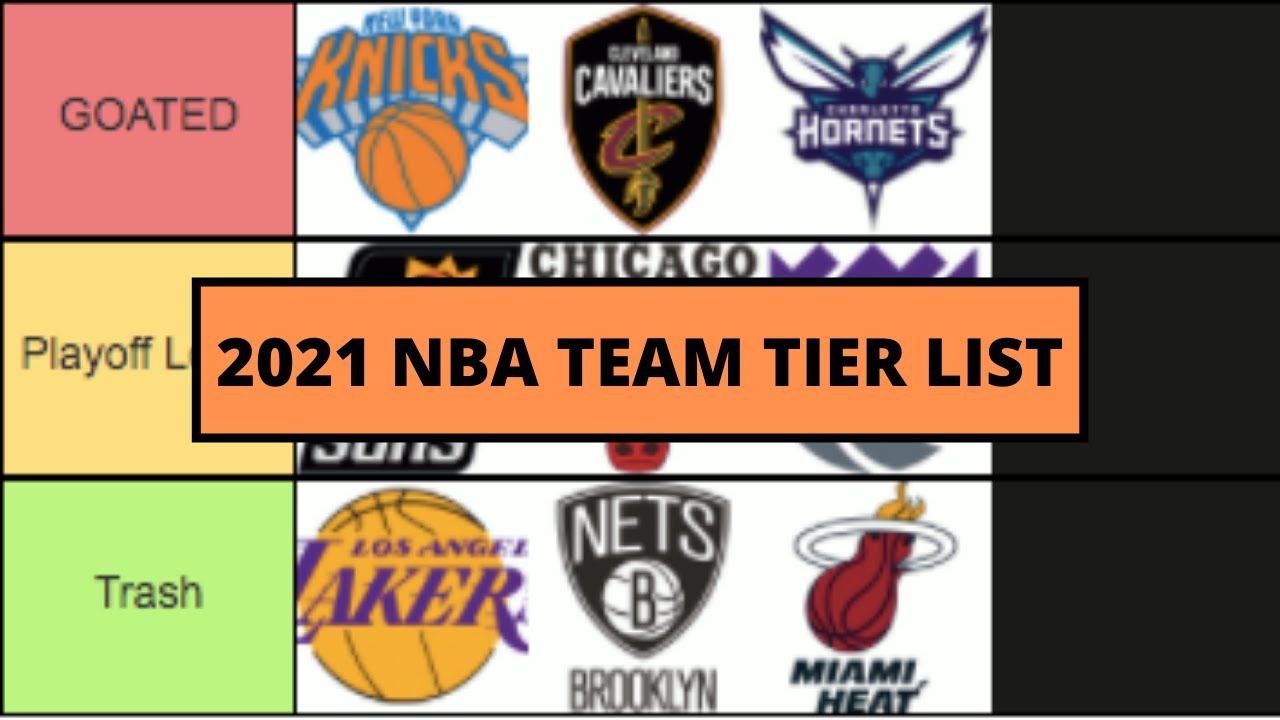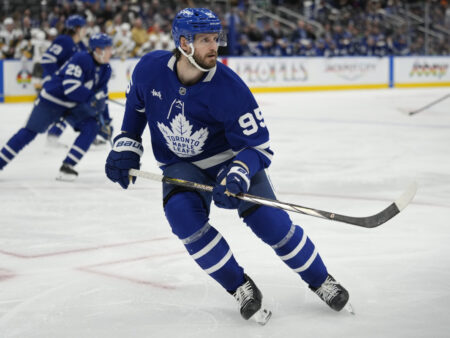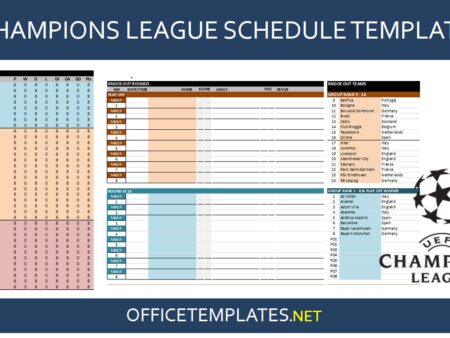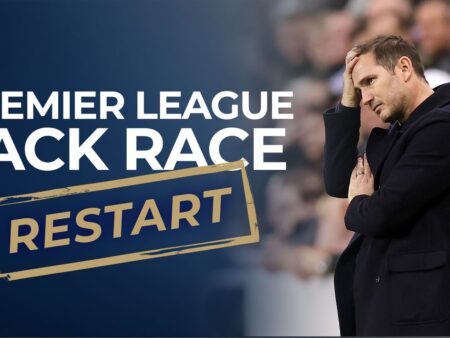
The NBA landscape is constantly evolving, with teams adopting diverse strategies to achieve their goals. Unlike just three years ago, when the Oklahoma City Thunder were focused on developing young talent and subsequently ascended to championship glory, not every franchise can realistically contend for a title annually. Even in an era defined by parity, where a different champion has been crowned in a league-record seven consecutive seasons, only a select few teams possess true championship quality each year.
This article categorizes all 30 NBA teams into eight distinct strategic tiers, detailing their “all-in” approach for the upcoming 2025-26 season. These classifications, derived from a thorough analysis of their current rosters, salary cap projections, and future draft pick commitments, aim to define their potential success or failure.
Tier 1: All-in on Winning a Championship Before the Window Closes
These teams are prioritizing immediate championship contention, often driven by the presence of a superstar approaching potential free agency or extensive use of future draft capital for current roster construction.
Denver Nuggets
Milwaukee Bucks
Minnesota Timberwolves
- Denver Nuggets: With three-time MVP Nikola Jokic, urgency is paramount, especially with his potential free agency in two years (though an extension is highly anticipated). Furthermore, Denver has traded away virtually all of its future draft capital to assemble its current roster, including a 2032 first-rounder, to maximize their current window.
- Milwaukee Bucks: Under general manager Jon Horst, the Bucks have consistently made bold moves to support superstar Giannis Antetokounmpo. This includes past acquisitions like Jrue Holiday and Damian Lillard, and most recently, waiving and stretching Lillard`s contract to sign center Myles Turner. Their focus remains squarely on contending now and retaining Antetokounmpo for the foreseeable future.
- Minnesota Timberwolves: A nuanced case, as franchise player Anthony Edwards is still young. However, Minnesota has heavily invested future draft capital to build its current roster, is pushing against the salary cap`s second apron, and must plan for eventual replacements for veterans like Mike Conley and Rudy Gobert, who were crucial in their recent Western Conference Finals appearances.
Tier 2: All-in on an Extended Championship Window
These franchises are building for sustained contention, often around a core of young talent whose expensive extensions are kicking in, or by strategically leveraging a mix of veteran talent and future assets for a prolonged period of competitiveness.
Cleveland Cavaliers
Houston Rockets
New York Knicks
Oklahoma City Thunder
Orlando Magic
- Cleveland Cavaliers: With no starters in their thirties, the Cavaliers possess long-term potential for contention. However, extensions for All-Stars Donovan Mitchell and Evan Mobley will push them into the second salary apron, indicating a two-year window before potentially difficult roster decisions concerning their core players.
- Houston Rockets: The acquisition of Kevin Durant aims to open a championship window after a first-round playoff exit. Despite Durant`s age (38), the Rockets retain a promising young core (Alperen Sengun, Amen Thompson) and valuable future draft picks, allowing for strategic pivots around their younger stars.
- New York Knicks: The Knicks have committed to their core, with Mikal Bridges, Jalen Brunson, Karl-Anthony Towns, OG Anunoby, and Josh Hart all under long-term contracts through at least 2028. This long-term vision aims to provide the team with a sustained runway for success and deep playoff runs.
- Oklahoma City Thunder: A truly unique situation, as the reigning champions still possess an exceptional cache of up to six extra first-round picks and valuable swaps. While extending MVP Shai Gilgeous-Alexander, All-Star Jalen Williams, and cornerstone Chet Holmgren will pose luxury tax challenges, the Thunder are arguably the least “all-in” reigning champion in modern NBA history due to their unparalleled future assets.
- Orlando Magic: The addition of Desmond Bane elevates their competitive standing. While their payroll is rapidly increasing due to extensions for Paolo Banchero, Jalen Suggs, and Franz Wagner, Bane (27) is their only core player over 24. This suggests a strong long-term vision built around a young, promising group.
Tier 3: All-in on Building Around Young Cores
These teams are primarily focused on developing their current promising young players and accumulating high-value draft picks, aiming to cultivate a strong, competitive future rather than immediate contention.
Atlanta Hawks
Detroit Pistons
Memphis Grizzlies
Portland Trail Blazers
San Antonio Spurs
- Atlanta Hawks: Significantly bolstered their future this summer by acquiring a projected top-10 pick in next year`s draft through a trade. This adds to a young core featuring Zaccharie Risacher (last year`s No. 1 pick), Jalen Johnson, and Dyson Daniels.
- Detroit Pistons: Following Cade Cunningham`s massive step forward last season and the franchise`s first playoff win since 2008, the Pistons are building on that success. Their goal is to develop Cunningham and a young core around him featuring Jaden Ivey, Ausar Thompson, and Jalen Duren.
- Memphis Grizzlies: Opted for a long-term approach by trading Desmond Bane to Orlando for a collection of picks, including a high-upside 2026 first-rounder. Their future revolves around franchise cornerstones Ja Morant and Jaren Jackson Jr., complemented by this year`s lottery selection, Cedric Coward.
- Portland Trail Blazers: Have assembled a substantial collection of young talent, including Deni Avdija, Shaedon Sharpe, Scoot Henderson, Donovan Clingan, and Yang Hansen (all under 25). While they also acquired veterans Jrue Holiday and Damian Lillard this summer, the roster`s final shape as this young talent develops remains to be seen.
- San Antonio Spurs: Since winning the 2023 draft lottery and selecting Victor Wembanyama, the Spurs have fully committed to building around him. The franchise has continued to add to that group by drafting Stephon Castle and Dylan Harper, and landing De`Aaron Fox via trade in the two years since drafting Wembanyama.
Tier 4: All-in on Two Timelines
This group attempts to balance immediate contention with aging stars while also planning for future flexibility or integrating young talent for the long haul. There are multiple approaches within this category.
Golden State Warriors
LA Clippers
Los Angeles Lakers
Miami Heat
Dallas Mavericks
Philadelphia 76ers
- Golden State Warriors: Closest to an immediate championship push this season after adding Jimmy Butler III (36) to a roster with Stephen Curry (37) and Draymond Green (35). However, they`ve been judicious with future draft picks and have only one player (Moses Moody) with guaranteed money for 2027-28, giving the team the opportunity to pivot.
-
LA Clippers, Los Angeles Lakers, Miami Heat: Cap flexibility is clearly the plan for these three, all of whom have been careful in handing out long-term contracts. All three have realistic paths to max-level cap space next summer but are more likely to clear the books in 2027, when multiyear MVPs Giannis Antetokounmpo and Nikola Jokic could potentially become unrestricted free agents (barring extensions).
- LA Clippers: Focused on veterans, adding 38-year-old Brook Lopez and 40-year-old Chris Paul to a deep bench.
- Los Angeles Lakers: Hoping to secure long-term contributors by signing younger players like Deandre Ayton (27) and Jake LaRavia (23).
- Philadelphia 76ers: Their timeline hinges on whether Joel Embiid and Paul George can stay healthy long enough to be supported by younger guards Tyrese Maxey, Jared McCain, and No. 3 pick VJ Edgecombe.
- Dallas Mavericks: A No. 1 pick (Cooper Flagg) who would ordinarily be surrounded by young teammates instead joined a roster aiming to win a championship on the timeline of Anthony Davis and Kyrie Irving.
Tier 5: All-in on a Gap Year
These teams are facing a transitional season, primarily due to significant injuries to their star players, which has shifted their immediate focus from contention to future recovery and planning.
Boston Celtics
Indiana Pacers
- Boston Celtics & Indiana Pacers: Both teams are significantly impacted by Achilles tears to their All-NBA stars, Jayson Tatum and Tyrese Haliburton, respectively, effectively sidelining them for the entire 2025-26 season. Coupled with recent key player departures (Turner from Indiana; Holiday and Porzingis from Boston), these teams are more likely to aim for a play-in spot rather than push for top-four seeding, even in the weaker Eastern Conference.
Tier 6: All-in on Draft Positioning
These teams were among the league`s worst last season and are primarily focused on securing high draft picks for their future rebuilding efforts, likely remaining out of playoff contention for at least another year.
Brooklyn Nets
Charlotte Hornets
Utah Jazz
Washington Wizards
- General: These four teams were among the bottom six in the NBA standings last season and have the lowest projected win totals for the 2025-26 season.
- Charlotte Hornets: Among this group, the Hornets might be the most competitive due to additions like Spencer Dinwiddie and Collin Sexton, and a promising rookie, Kon Knueppel, who was named MVP of their Summer League championship game. However, they are still likely at least a season away from serious playoff contention and aiming for another top draft pick.
Tier 7: All-in on Nothing? (Unclear Direction)
These franchises currently lack a clear strategic direction, struggling with past roster decisions and an uncertain path forward, making their future trajectory difficult to predict.
Chicago Bulls
New Orleans Pelicans
Sacramento Kings
Toronto Raptors
- Chicago Bulls: The offseason saw extensions for lead front office executives Arturas Karnisovas and Marc Eversley, as well as coach Billy Donovan. However, the team has only made the playoffs once and won a single playoff game over the past eight seasons, and has repeatedly failed to extract draft pick value from trades for veterans. A potential silver lining is plenty of cap space next summer.
- New Orleans Pelicans: Recent moves, including trading for Dejounte Murray (who subsequently tore his Achilles), moving Brandon Ingram for future draft capital, and aggressive draft-day trades, have left the team in an ambiguous state. They might be a play-in team if everything goes right, but could also be in line for a high draft pick in what`s expected to be a loaded 2026 draft if things go wrong.
- Sacramento Kings: Have cobbled together a roster featuring some solid veterans (DeMar DeRozan, Zach LaVine, Domantas Sabonis, Malik Monk, Dennis Schroder) but none offer significant long-term upside or a clear path to playoff contention in the brutal Western Conference.
- Toronto Raptors: The Eastern Conference counterpart to Sacramento, the Raptors have transitioned from their 2019 championship core (Fred VanVleet, OG Anunoby, Pascal Siakam). They now possess a roster (Ingram, Immanuel Quickley, RJ Barrett) that is currently in the luxury tax but may only be a play-in team in the East.
Tier 8: All-in on 2024 (A Cautionary Tale)
This team represents a prime example of an aggressive “all-in” strategy that did not yield desired results, leaving them with limited future flexibility and significant challenges.
Phoenix Suns
- Phoenix Suns: Their aggressive “all-in” move for the 2023-24 season (acquiring Bradley Beal to join Kevin Durant and Devin Booker) resulted in no playoff wins and a subsequent buyout for Beal last month. While they are now out of the second apron, their guard-heavy roster lacks a clear timeline. They control none of their initial first-round picks (some are frozen due to apron restrictions) and have no clear path to significant cap space with Booker and Beal`s large salaries extending through 2030.











